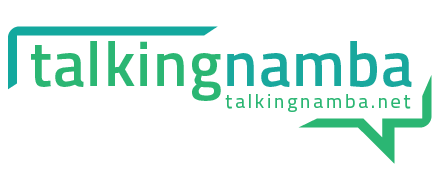Where are they now?
Recognises teen numbers in terms of their ‘ten’ structure (eg 10 and 3 is 13)
Where to next?
Identifies place value of digits in 2-digit numbers (eg 67 is 6 tens and 7 ones, or 67 ones)
Purpose
Understanding how to break numbers up in terms of place value, helps students to gain a deeper understanding of how number works and helps them to work out ways to mentally manipulate numbers.
Activities and Assessments (designed to move students from step 4 to step 5)
Chicken Scramble
Focus: Students become proficient at quickly counting collections by making groups of ten
How: See Chicken Scramble sheet. Encourage students to move on to use and practice count-by-ten strategies as an efficient way of determining how many objects in their collection. Help students to develop fast ways of making ten, ie counting by 2s or identifying and selecting groups two groups of five within the collection.
Win Some Ten-sticks
Focus: Building an understanding of the construction of two-digit numbers, with particular reference to the ten and ones structure.
How: Students take turns throwing a die, collecting the corresponding number of unifix or multilink cubes, and placing them along one of the ten-strips located in the ones column of the provided Tens and Ones table. If a strip is filled on a given throw, remaining cubes are used to start filling the second ten-strip, while the cubes on the filled ten-strip are then immediately snapped together to make one ‘ten stick’ which is placed in into the tens column. The first student to make a specified number of ten-sticks (say, 50) or over is the winner. It helps if students keep a running total on a calculator, and continually check to make sure the digits on their calculators match the number of objects in the tens and ones columns of their table.
Popstick Bundles
Focus: Building an understanding of the construction of two-digit numbers, with particular reference to the ten and ones structure.
How: Students take turns grabbing a large handful of popsticks. Each student is asked to estimate how many sticks they have. They are then asked to bundle their sticks in groups of ten, using rubber bands or pipecleaners to hold each group together. By counting the groups of ten and the number of sticks left over, students are encouraged to determine how many sticks they have altogether, and write it on a piece of paper or miniature white-board. The students who has a total closest to their estimate is the winner.
Questions to ask: How many tens? (count one-ten, two-tens, three-tens…). How many ones left over? How would you write that? Which side do you write the number of tens? Which side do you write the number of ones? How would you say that?
Highest Number (two digit)
Focus: Building an understanding that the position of a digit in a two-digit number determines the digit’s value.
How: Students are given nine playing cards, A – 9 or numeral cards 1 – 9, and a Tens and Ones table. They take turns spinning a 1-9 spinner. They then take a card corresponding to the number spun and place it on either the tens or the ones coulumn on their chart. If the spin the same number on their second turn, they are asked to spin again. After two rounds, each student should have a two digit number. The students who has the highest number wins. It is important to get the students’ views on who has the highest number and why. It is also useful to discuss strategy with the students, for example if they spun an eight on the first spin, would it be best to place the card be placed in the tens or ones column?
Variation : Once they have spun the spinner, students are allowed to put their corresponding card on anyone’s sheet in any unused column, not just their own.
Renaming Game (two digit)
Focus: Building an understanding that the position of a digit in a two-digit number determines the digit’s value, and that a number can be expressed as a collection of ‘ones’ or as a collection of place value groups. For example, the number 67 can be seen as 67 ‘ones’ or as 6 ‘tens’ and 7 ‘ones’. Making this knowledge explicit to children can helps them to use numbers more flexibly, such as when developing stragegies for adding and subtracting for instance.
Assessment – What my number looks like
An appropriate number (for the stage of the student) is written in the centre of the sheet – the student then must try to make the number in a number of different ways (as indicated on the sheet.)
Links
References to Other Resources
